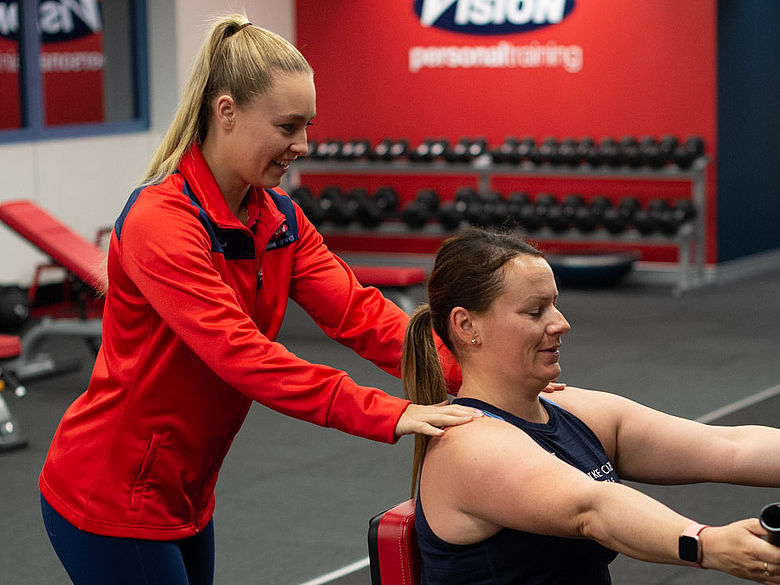There are two categories of body fat, visceral and subcutaneous. Visceral body fat is stored deep in your belly and envelops your internal organs. Subcutaneous fat is what you may be most familiar with. It is stored directly under the skin and has four main functions; Energy storage, padding to protect your muscles and bones, a passageway for nerves and blood vessels, and insulation.
Until the mid-1990's body fat was regarded as little more than an energy storage system, however it was found that fat cells are important hormone producers and transporters. Furthermore, Subcutaneous fat produces a higher proportion of beneficial molecules, and visceral fat a higher proportion of molecules with potentially detrimental health effects.
What are the health risks of visceral fat?
High levels of visceral fat have been associated with increased risk of: type 2 diabetes, heart disease, dementia, cancer, asthma, liver disease, high blood pressure, gall bladder disease, gout, fertility problems, lower back pain, and osteoarthritis.
How do I know If I have high visceral fat levels?
There are simple methods to measure body fat such as; measuring waist to hip circumference or calculating your BMI. However, accuracy of these methods is questionable, as someone could have high levels of subcutaneous fat and low levels of visceral fat and be considered the same level of risk as someone with low levels of subcutaneous fat and high levels of visceral fat. That's where the Bioscan has an advantage. The Bioscan measures the amount of visceral fat using electrical resistance.
What can you do to reduce your visceral fat levels?
The best way to reduce visceral fat is through exercise. Generally visceral fat responds better to diet and exercise than subcutaneous fat. Even though you can't change your genetics, hormones or your age. There's no reason you can't give you body the best chance to minimize visceral fat by:
- Exercising for at least 30 minutes every day. Both aerobic and resistance training are great at reducing visceral fat.
- Eating a healthy well-balanced diet
- Not smoking
- Reducing sugary drinks
- Getting enough sleep
References
[A] https://www.healthdirect.gov.au/how-to-reduce-visceral-body-fat-hidden-fat?fbclid=IwAR3d6Exh7Tf626ZoKeSCOu2iH_MsavQsGpaI1BDDk6FMQPud_IFAwCA81L4
[B] https://www.health.harvard.edu/staying-healthy/taking-aim-at-belly-fat
*Disclaimer: Individual results vary based on agreed goals. Click here for details.
